Two mental models that work — and two that are total fallacies
There are so many mental models out there — too many to count. And as a founder, your social media feeds are constantly bombarded with them, from rehashings of the greats like Jobs to new (and brilliant) thinkers like Balaji Srinivasan.
But how can you tell if a theory holds water? Here are two tried-and-true models with impressive credentials — and two models you’re better off ignoring.
✅ The 3X Framework
Kent Beck (the creator of extreme programming) identifies 3 stages of product maturity
- Explore. Search for what works
- Expand. Rapid growth → unexpected problems and quick fixes
- Extract. Focus on quality > speed
Nassim Taleb has a model that delves into this, too
At the start of your entrepreneurial journey, you’re in a ? convex world — little to lose and an infinite amount to gain from even a small success.
But when you’re more established, you’re in a ? concave world — where even a small mistake can lose everything.
❌ Betty Crocker’s Egg

You’ve definitely heard the myth: pre-made cake mix wasn’t selling because housewives felt guilty they weren’t really baking.
So Betty Crocker, the brand whose eponymous figurehead was named the second most popular woman in America in 1945 (second only to Eleanor Roosevelt), removed the powdered egg from their cake mix to force consumers to add their own fresh eggs. This made the baking process more participatory again and sales sky-rocketed — all thanks to consumer psychology.
The story creates the idea that consumers are irrational, but that there’s probably an easy fix if you follow the right behavioral economist or mental model.
But the story isn’t true.
For one, cake mix was actually more popular than ever, growing year-on-year throughout the 40s and 50s.
Then, there’s the fact that cakes did actually taste better with fresh eggs, and fresh eggs had been used in pre-made cake mixes for over 2 decades by the time the story takes place. Patents had even been filed on this type of cake mix by Betty Crocker’s competition.
And as for the joy of participation, people were much more likely to find that in the decorating process, which was experiencing a huge boom at the time.
So what does that mean?
- If a solution seems too simple, or too good to be true, then it probably is.
And if someone insists that one single mental model or philosophy will fix all your business dilemmas, they’re probably a snake oil salesman — whether they mean to be or not.
- Question every ‘mythologized’ company story, from origin stories to too-neat ‘breakthrough’ narratives.
These stories are inspiring, and we all want to believe in them. They paint a more pleasant, meritocratic picture of the world. But businesses are hard work, and not every problem has a quick fix.
- People like participation, but they normally like savings more.
Whether that’s saving time, money, or some other resource, don’t underestimate the power of your core offering. Participation, creativity, and novelty are great, but they should be the icing on the cake — so to speak.
✅ Second-Order Thinking
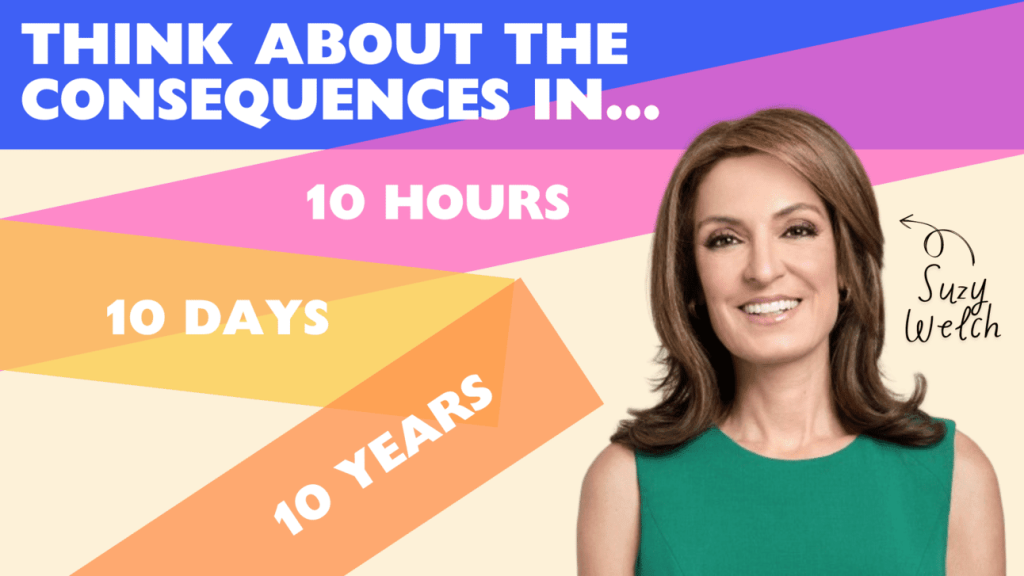
It should seem obvious, but think about the long-term consequences of your decisions. What’s less obvious is how to go about it; long-term thinking is easier said than done.
One way to do it well is by applying the Rule of 10 — the idea, first introduced by business advisor Suzy Welch, that consequences will look very different when framed in timespans of 10 hours, 10 days, 10 months, and even 10 years. Risk can spiral, compounding over time. On the other hand, a reward that looks insignificant in the short-term can have extraordinary consequences.
The best part is, this trick works for making both important and trivial decisions.
If you’re fretting about a decision but can’t see how it would have any ramifications 10 days away, let alone 10 months, you probably need to snap out of it and just make the choice.
Meanwhile, if you’re about to make a gut decision that could sink your business in 10 hours, it’s probably worth spending as much time as you can afford making that decision.
❌ Impact Fallacy
When we think about startups, we love how much impact they have. Startups have bold visions, convincing, even edgy, mission statements, and everyone has a role in shaping the company. For a hundred different reasons, it feels like the work matters more, even compared to a larger company in the exact same niche.
But impact is a terrible metric, because it’s impossible to measure.
Our actions have first, second + third order consequences that are hard to quantify. A bootstrapper who builds an app solo doesn’t necessarily have more impact than a member of a huge team at Microsoft, but because the impact is first-order (ie, direct) it’s far easier to observe.
Think of it this way: a great computer science teacher may never start their own company. Their first order impact on the industry is minimal. But a truly great teacher can inspire dozens, hundreds, or even thousands of successful people who go on to found companies and invent products. Their second order impact is enormous.
Here are two questions you can ask yourself instead of “How much impact am I having?”
- Is what I do a net positive to my company? To my industry? To the world?
- Is it what I want to do? Do I enjoy it?
Even if these metrics are hard to quantify, the answers you get will be far more honest.



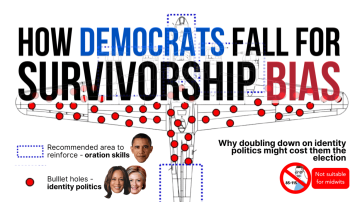

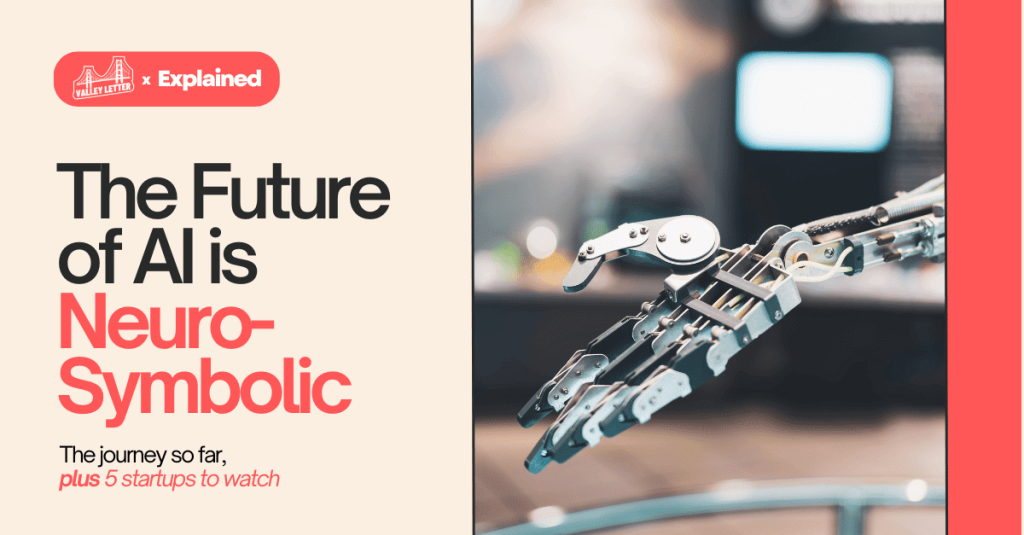

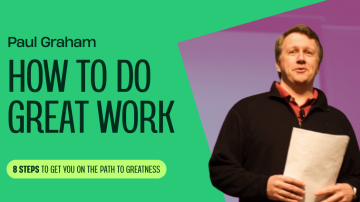
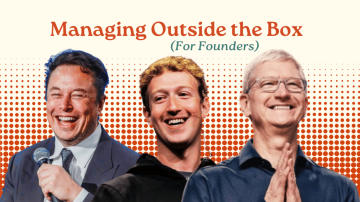

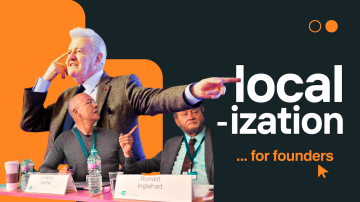
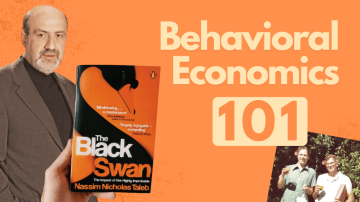

Alright, time to dive into jlbossgame! I heard a lot of buzz about it, any good? Get gaming here: jlbossgame
Anyone here know anything about 8clb89? I’m always on the lookout for good sports betting sites, so if ya have any insights, please share! Check it out here: 8clb89, sharing is caring!
Heard some whispers about hp88casino. Thinking about giving them a try. Any of you folks had any good wins on there? Let me know if it’s worth my time! hp88casino